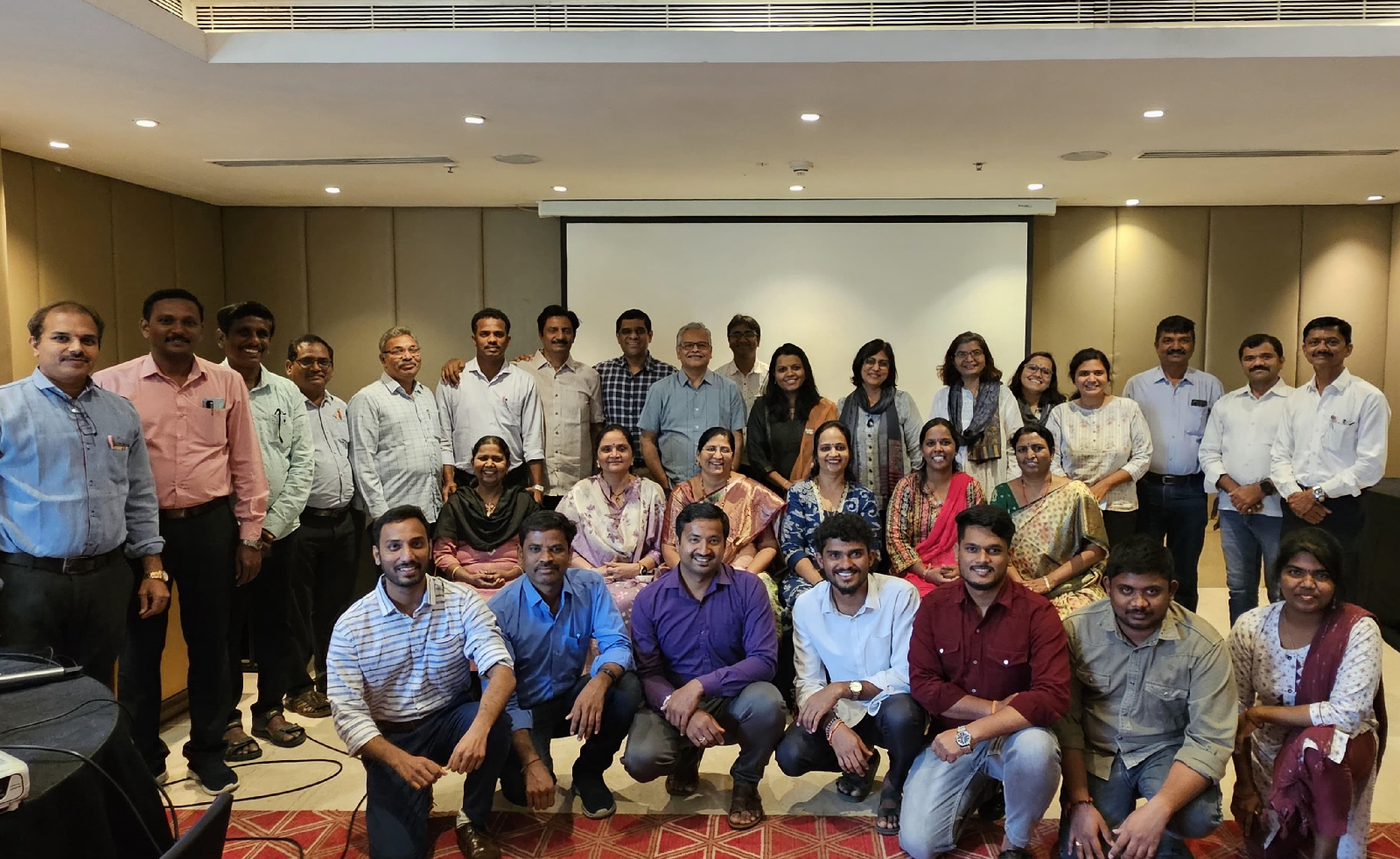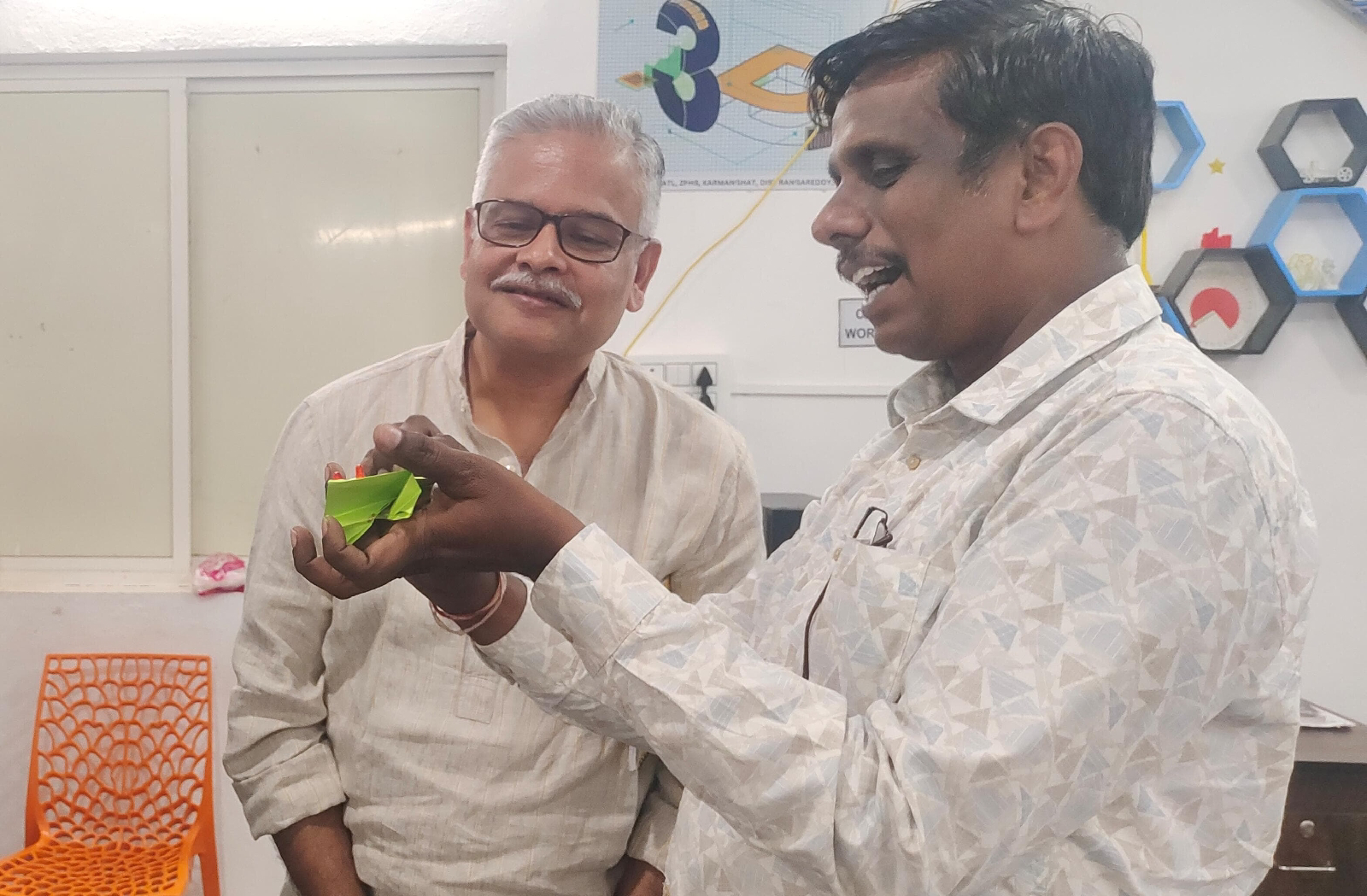The Neural Paradox
Title: The Neural Paradox
In the year 2050, the world had changed beyond recognition. Education was no longer confined to classrooms, textbooks were obsolete, and human memory had become a relic of the past. The introduction of Brain-Machine Interfaces (BMIs) had revolutionized society, allowing direct transfer of information from advanced AI systems to the human brain. Learning that once took years could now be downloaded in seconds.
At the heart of this transformation was NeuraCorp’s most ambitious project—Neural Academics, a system designed to implant educational knowledge directly into the minds of children. Under the supervision of Dr. Meera, a brilliant yet ethically grounded neuroscientist, and Dr. Hari, a neural signals analyst, the project promised to reshape humanity’s future. But with every great innovation came unforeseen consequences.
One morning, as Dr. Meera was reviewing neural data, Dr. Hari entered the sleek, sterile Central Neural Control Unit.
"Hello, Dr. Meera! I understand your decision to protect freedom of Lia," he said, his voice calm but firm. "But you know you’re working against NeuraCorp’s directives."
Meera sighed, "Yes, Dr. Hari. But shouldn’t we give equal priority to freedom and peace? Right now, we’re only controlling thought, but we’re not preserving humanity."
Hari’s eyes gleamed with an idea. "There’s another way, Dr. Meera. Why not quantize neural signals? We could classify positive and harmful impulses and only intervene when thought patterns exceed safe thresholds."
"You mean… allow natural thought processes up to a defined limit?" Meera asked, intrigued.
"Exactly," Hari nodded. "We can monitor but not control unless the mind crosses a danger point. This way, we maintain both autonomy and order."
For the first time in months, Meera felt a glimmer of hope. "Your idea is promising. By categorizing neural signals, we can balance freedom and peace without reducing humans to programmed machines."
As they spoke, the NeuraCorp CEO appeared on the main screen. His expression was cold and calculating.
"Dr. Meera," he said, his voice echoing through the control room. "Status update on Neural Academics?"
Meera straightened. "Yes, sir. The system is operational. We have 250 neuro-tech experts conducting experiments, with 10,000 students under active monitoring. The results are still under analysis."
The CEO cut her off. "I don’t care about analysis—does the technology work? Our goal is to generate 1 lakh billion dollars in economic value through cognitive optimization. Once that is achieved, we will shut down Neural Academics."
Meera hesitated. "Sir, the results are… concerning. If we proceed without caution, we may irreversibly damage natural human memory. If the AI neural network fails, the human brain may not regain its original capabilities. This isn’t just about profits—it’s about the future of human existence."
"Are you being pessimistic, Dr. Meera?" the CEO scoffed. "Every problem has a solution. We will fix any issues later. Focus on achieving our targets."
"But sir," Meera pressed on, "it’s not just memory loss. The entire educational system could collapse overnight. If a two-year-old can explain Einstein’s theory of relativity, and a five-year-old can recite the Bhagavad Gita, what happens to the role of teachers? Knowledge without understanding is a dangerous path. Human curiosity and creativity could be extinguished."
One by one, Results of neural academics project are displaying on the screen s as follows.....
The Consequences of Neural Academics
As Neural Academics expanded, society began to fracture. Children equipped with BMIs could access infinite knowledge instantly, but they lacked the experience to apply it wisely. Schools became obsolete as traditional learning was replaced by instant information uploads.
Positive Impacts:
1. Enhanced Cognitive Abilities: Children mastered complex subjects effortlessly. Scientific breakthroughs accelerated.
2. Equality of Access: Knowledge was no longer restricted by geography or wealth. Even children in remote areas had access to the same advanced education.
3. Physical and Mental Healing: Neurological conditions like Alzheimer’s, paralysis, and mental disorders could be treated through neural recalibration.
Negative Impacts:
1. Loss of Natural Memory: Human brains, reliant on external systems, began losing their natural retention abilities. Without BMI support, people struggled with basic recall.
2. Collapse of Educational Professions: Teachers, scholars, and educational institutions became irrelevant. Millions lost their livelihoods.
3. Moral Manipulation: With the ability to modify thoughts, governments began controlling ideologies, creating a compliant, homogenous society.
A Choice for Humanity
Late one night, Meera and Hari sat alone in the control unit. On the screen, the neural activity of a young girl named Anya flickered. Despite having access to the entire body of human knowledge, Anya had stopped asking questions. The spark of curiosity was fading.
Hari spoke softly, "We have a decision to make, Meera. Do we let this system continue, knowing it might erase what makes us human? Or do we stop it before it’s too late?"
Meera knew the answer. "We can’t let humanity become machines. We’ll implement your idea—quantized monitoring—and fight to preserve both knowledge and freedom."
In the face of corporate power and societal pressure, they chose to fight for a future where humans would remain curious, free, and human—not just repositories of data.
And thus, in the shadow of Neural Academics, a new revolution was born—not to suppress humanity, but to protect it.




Comments
Post a Comment